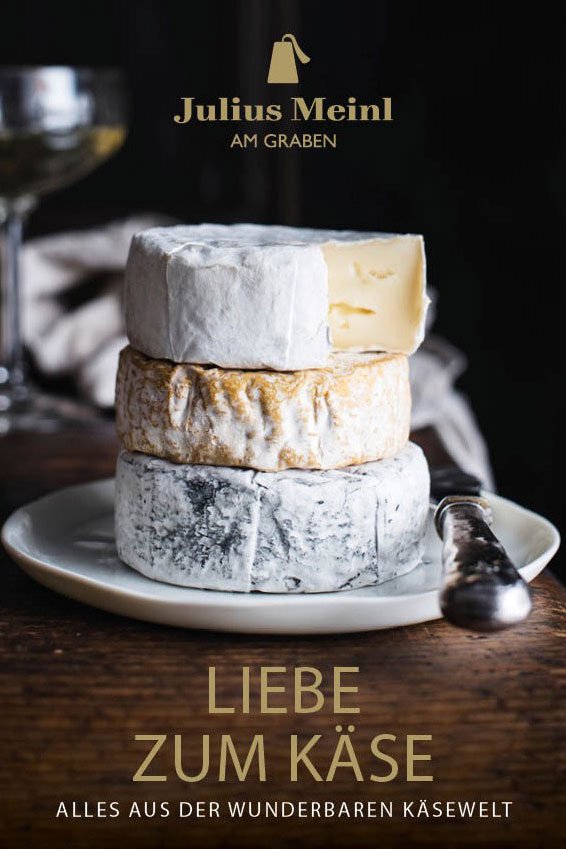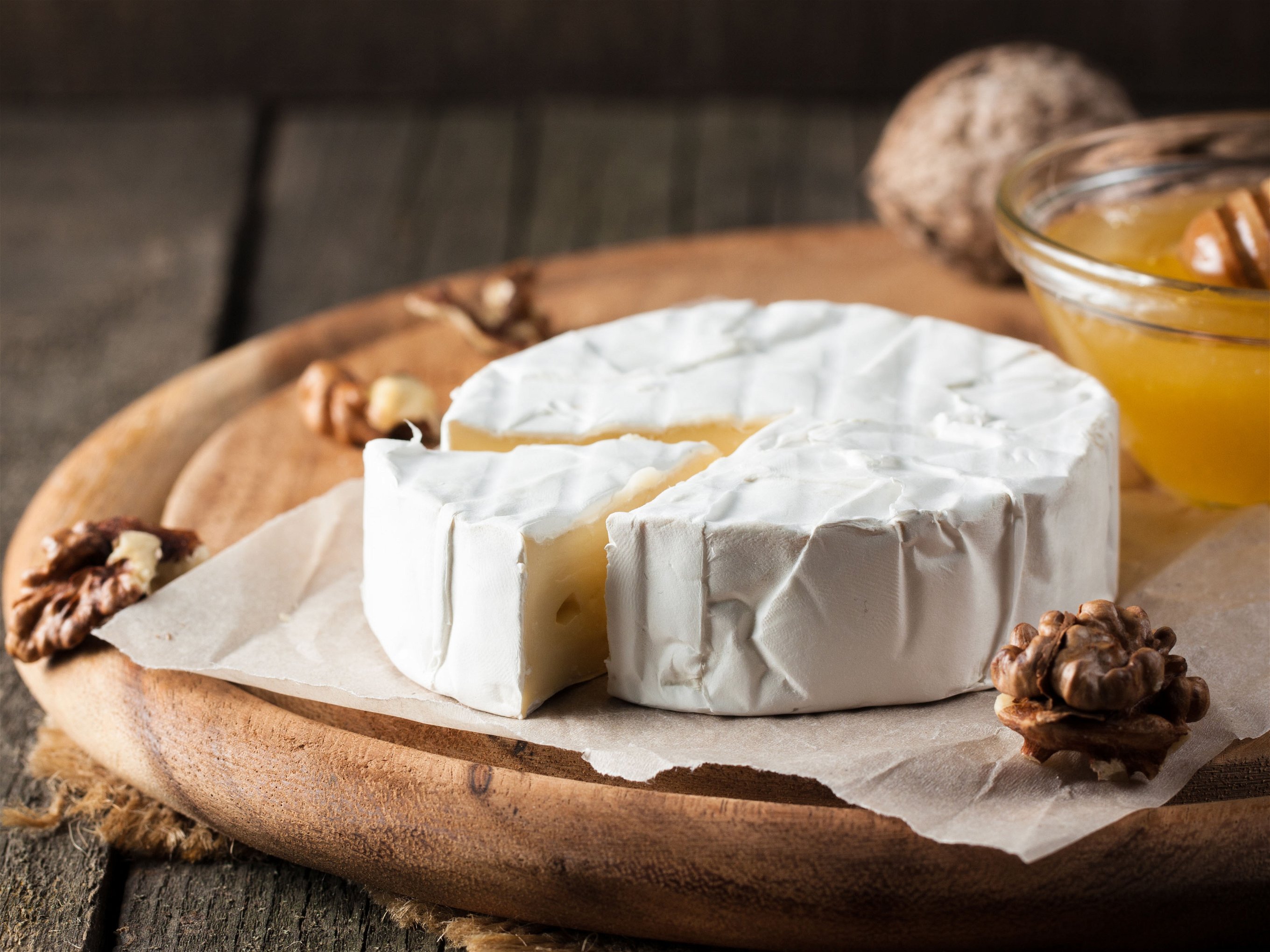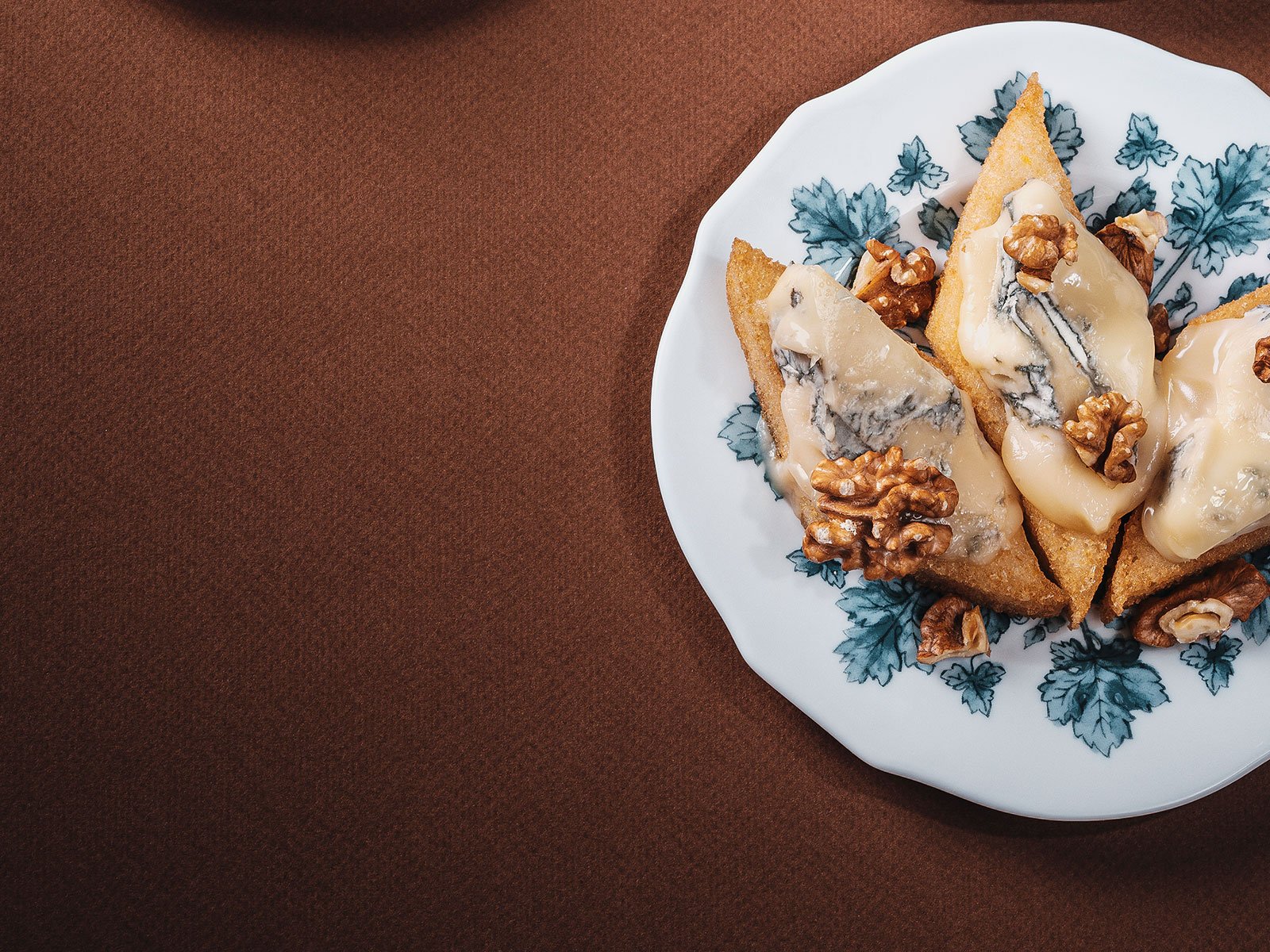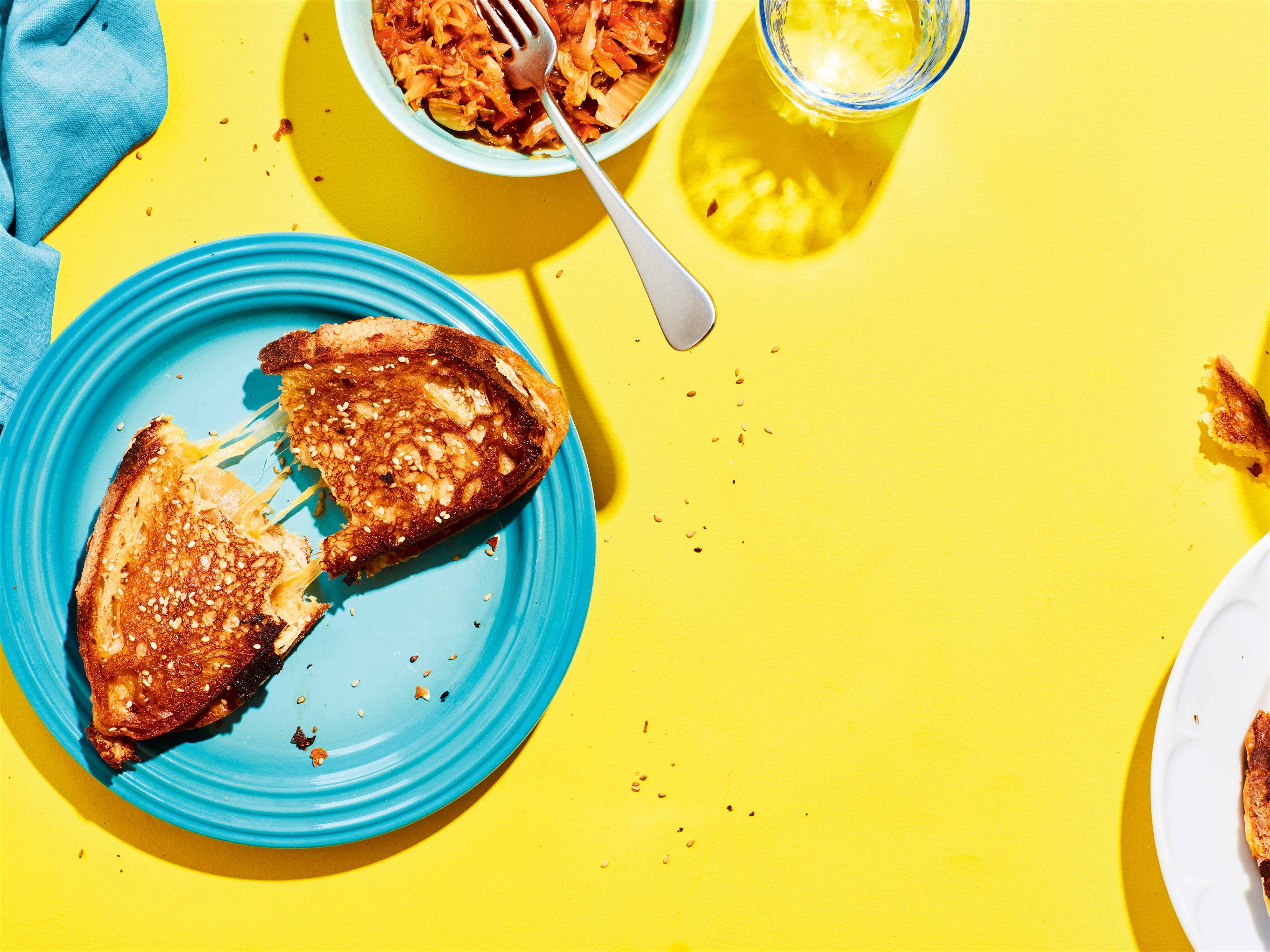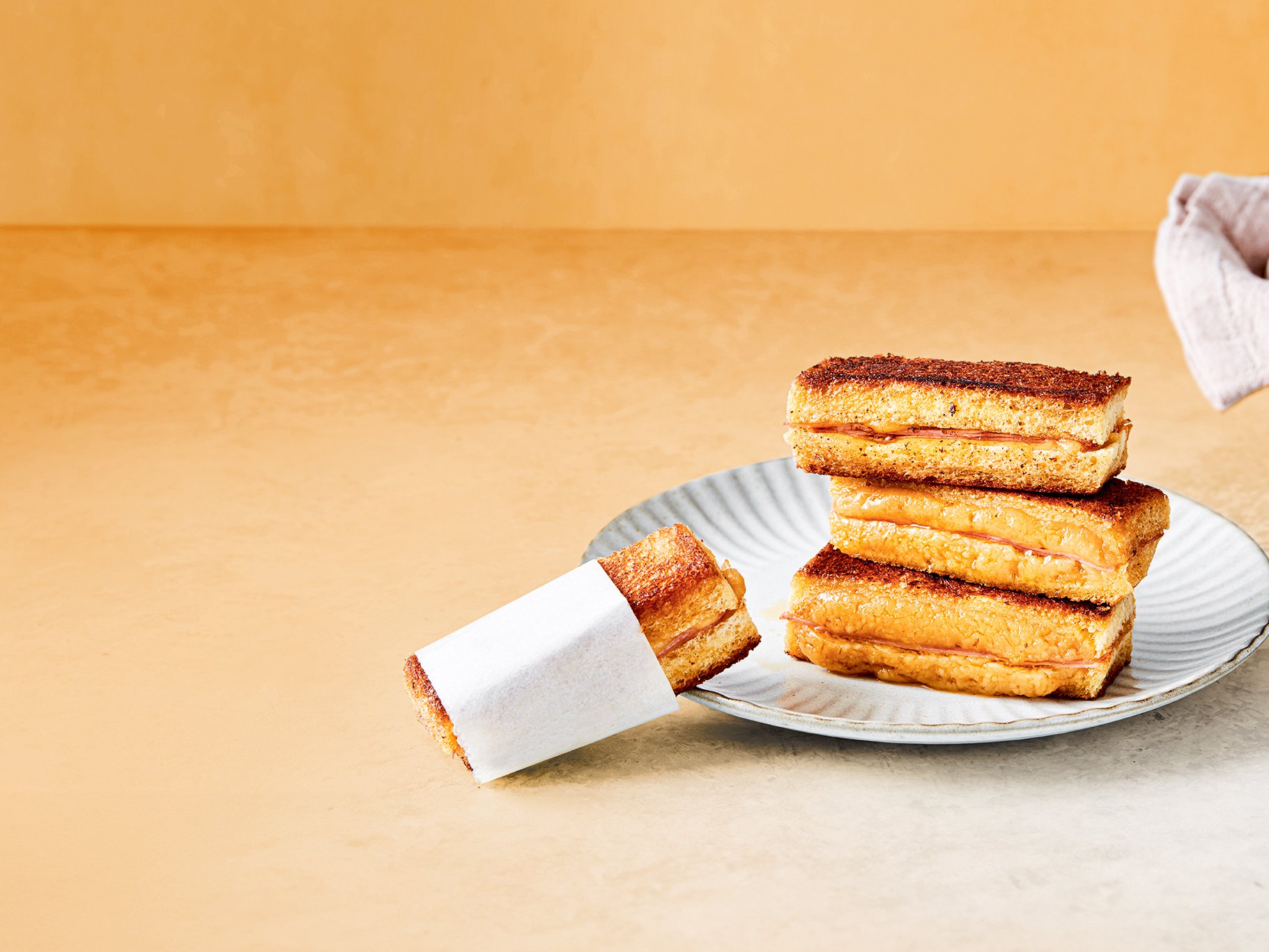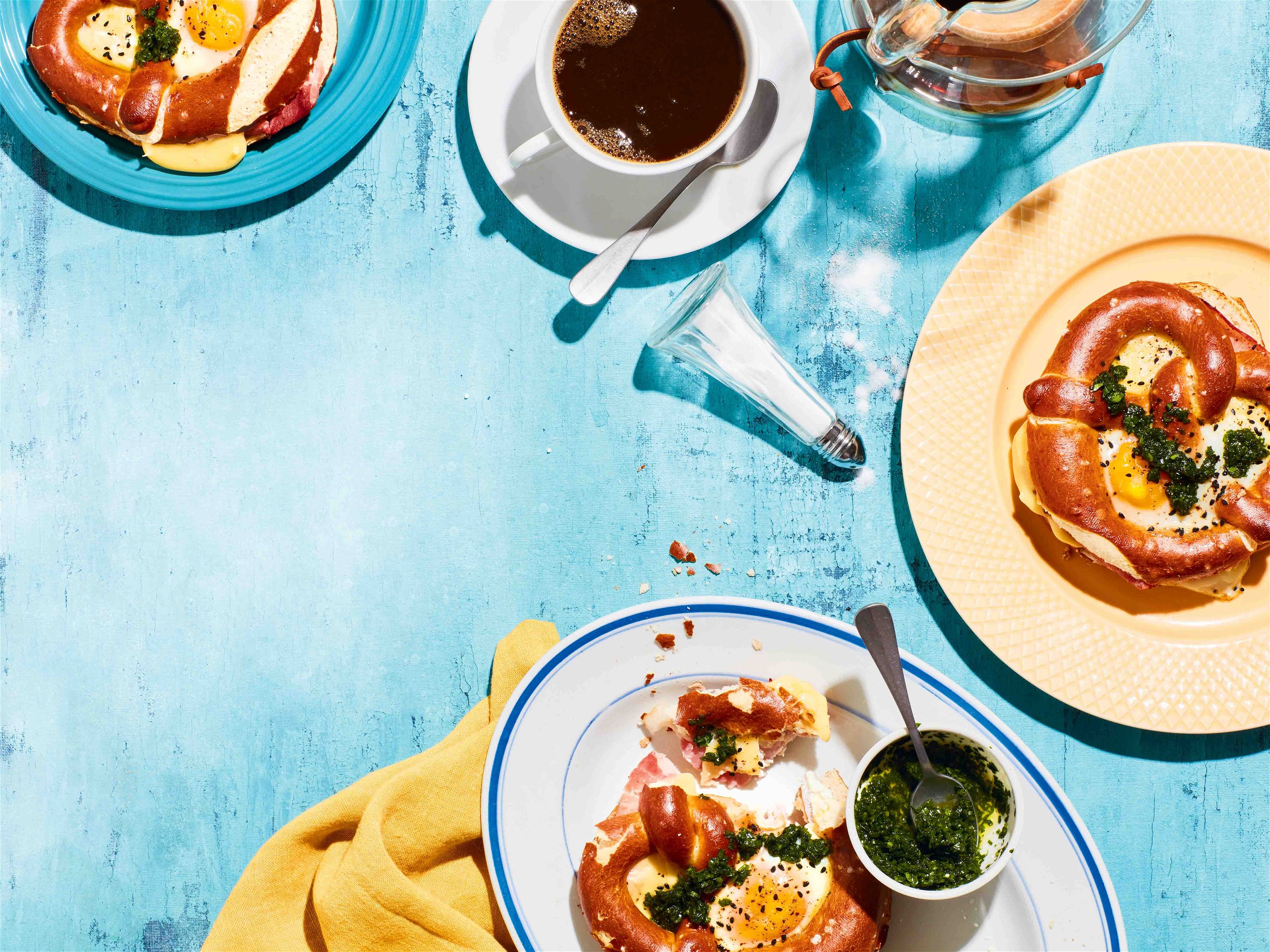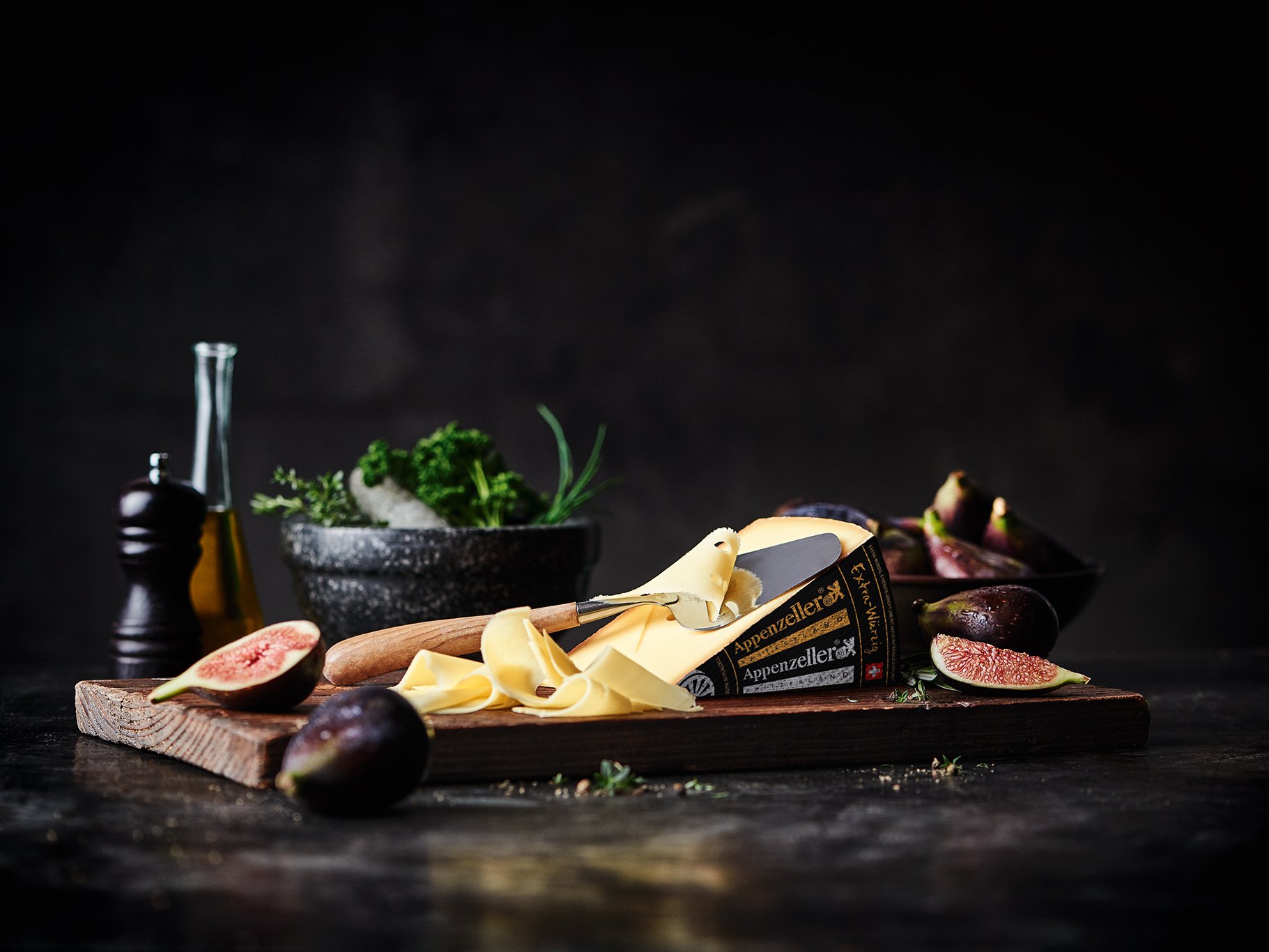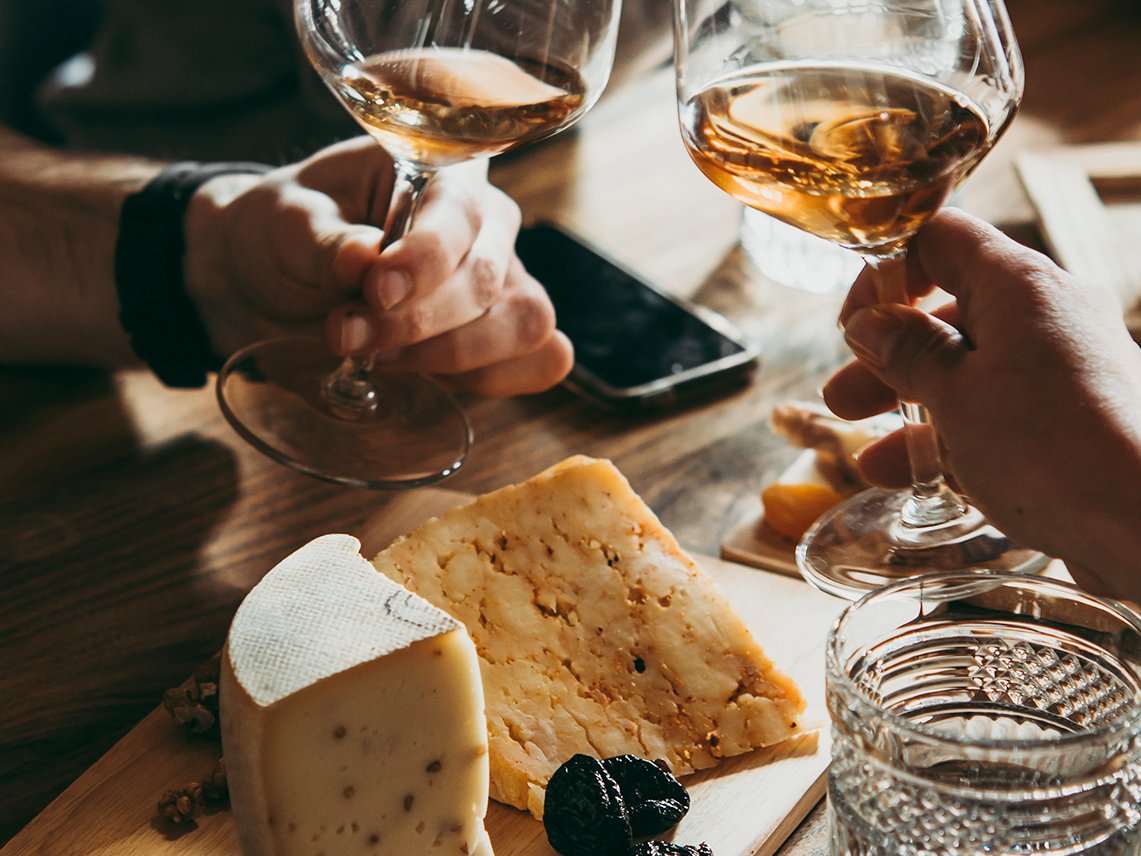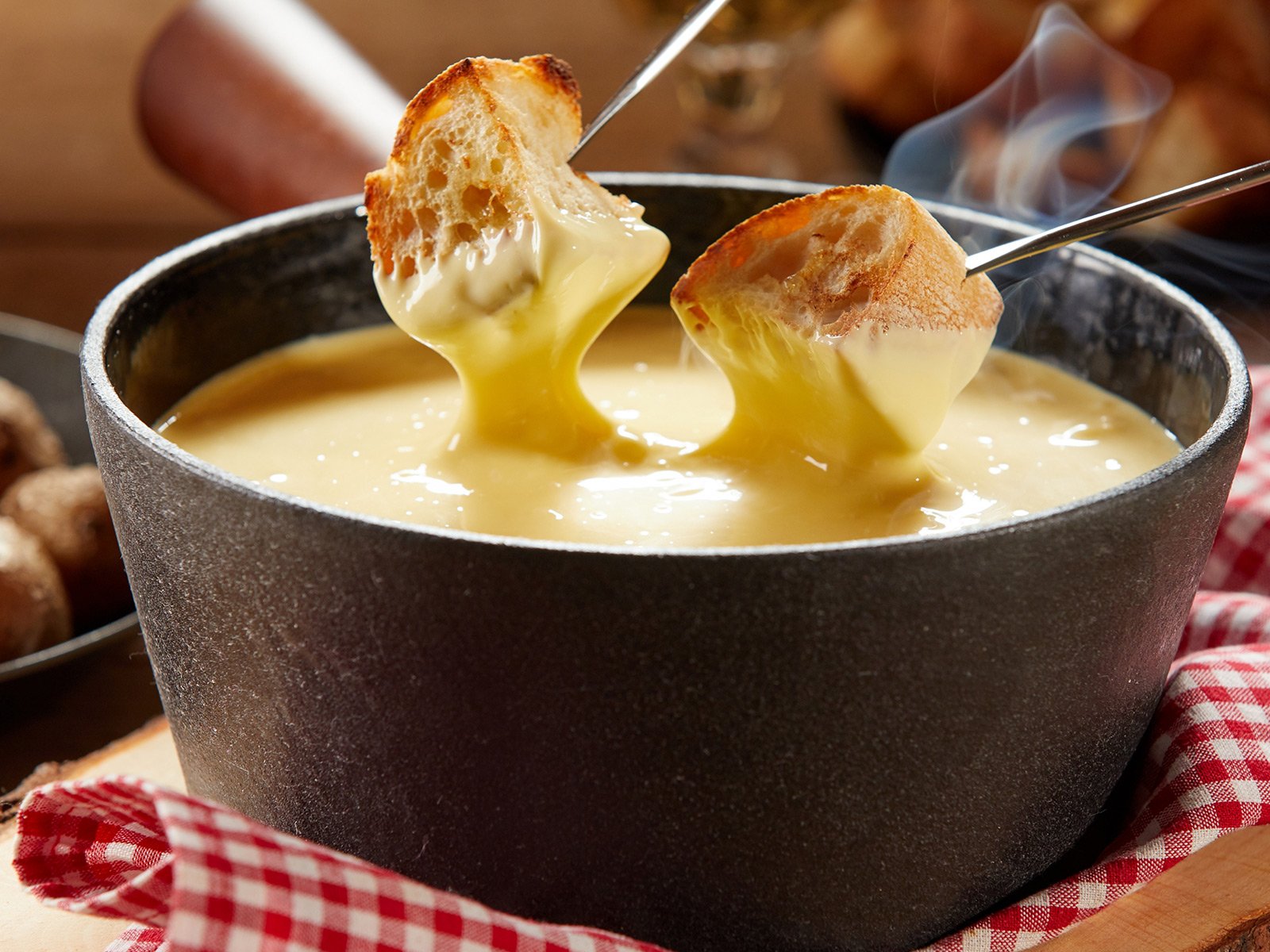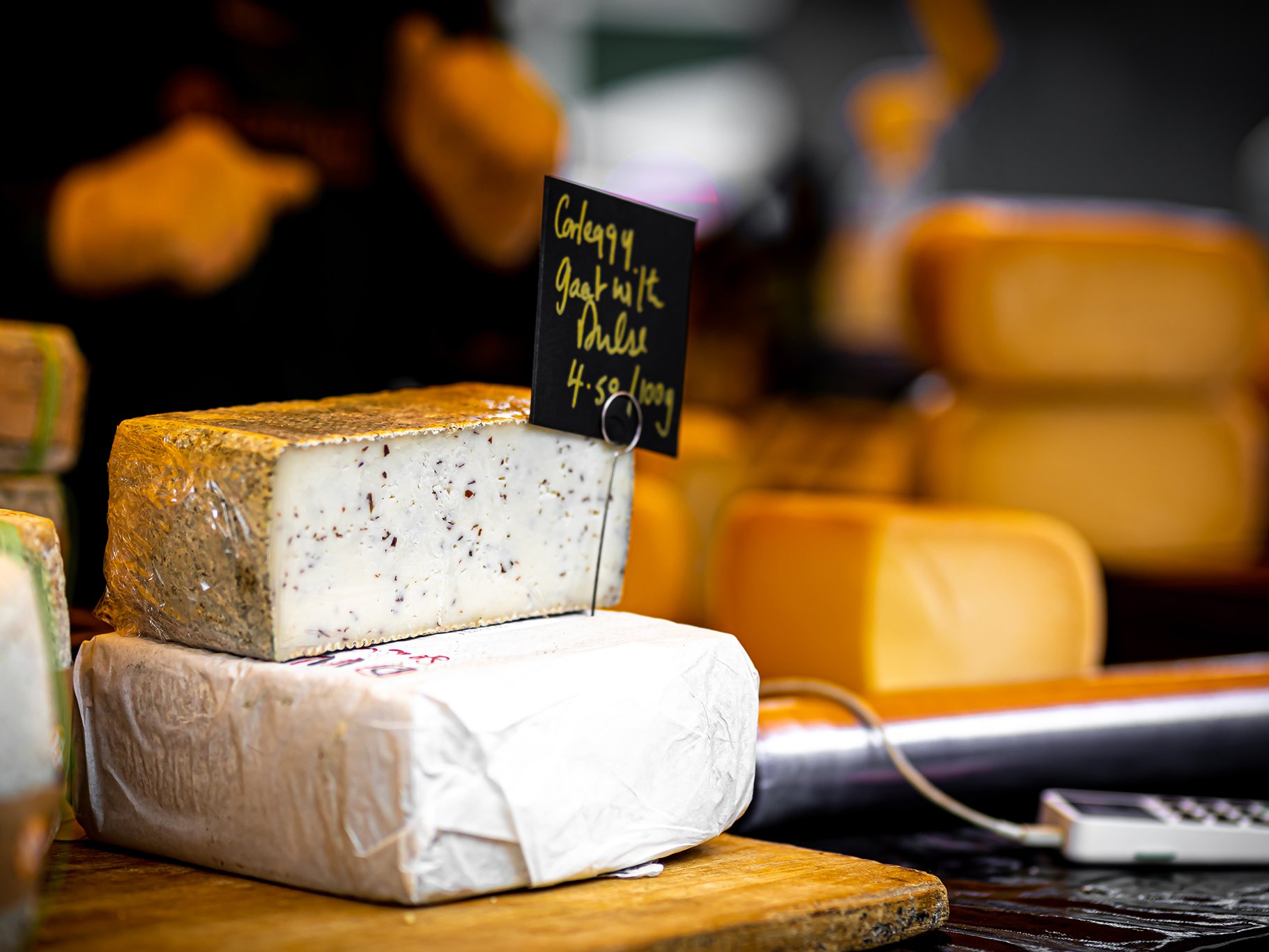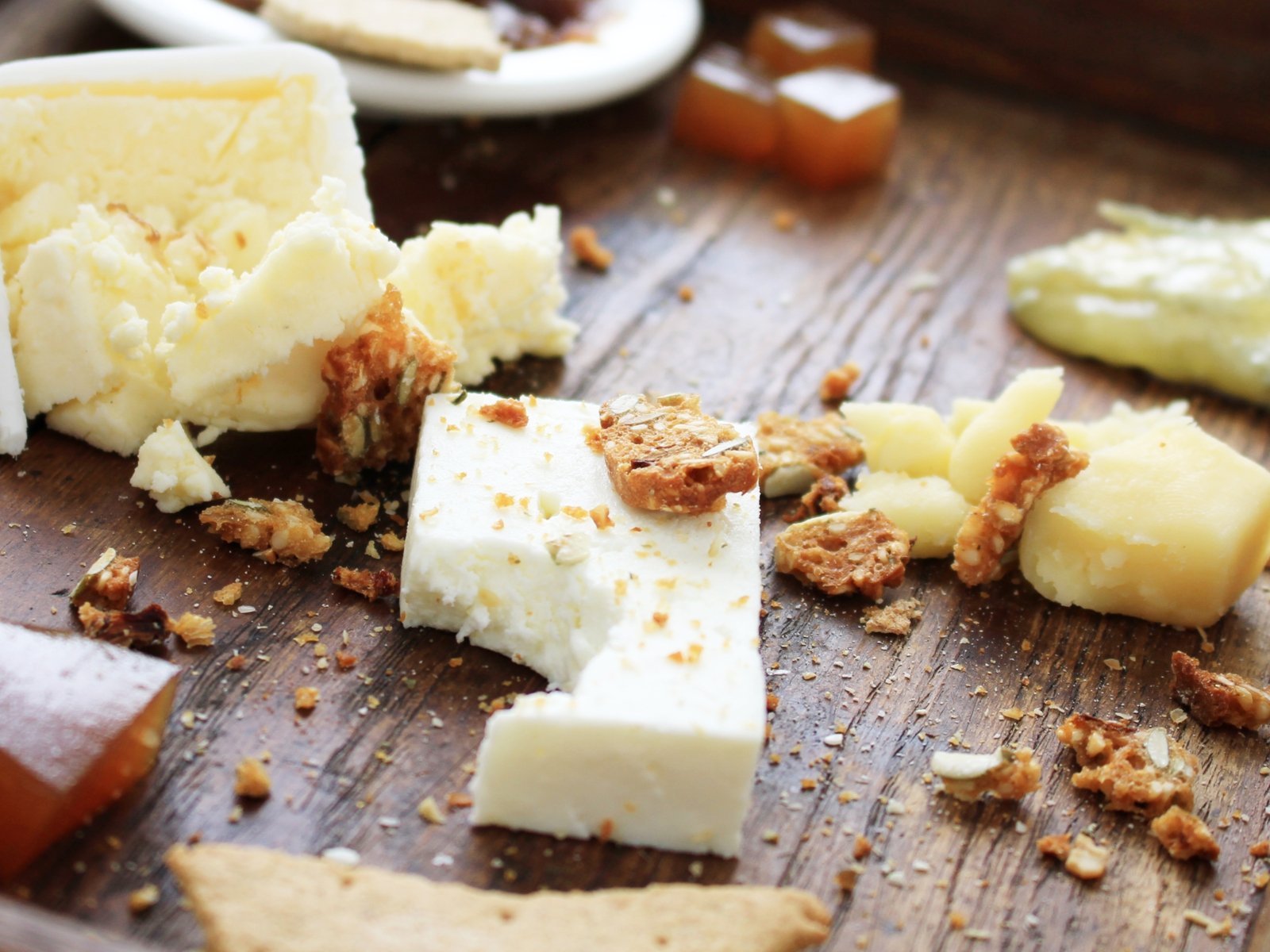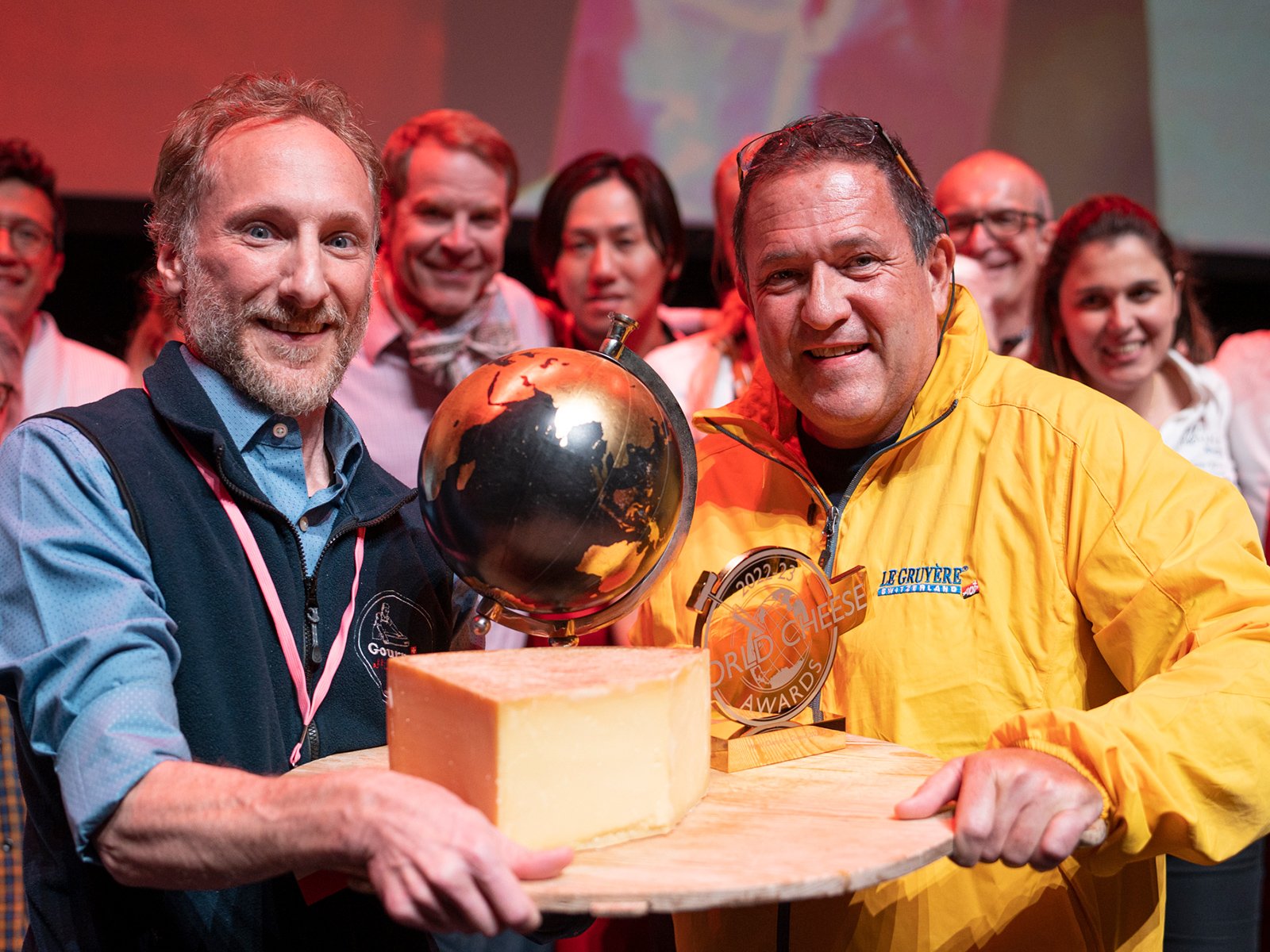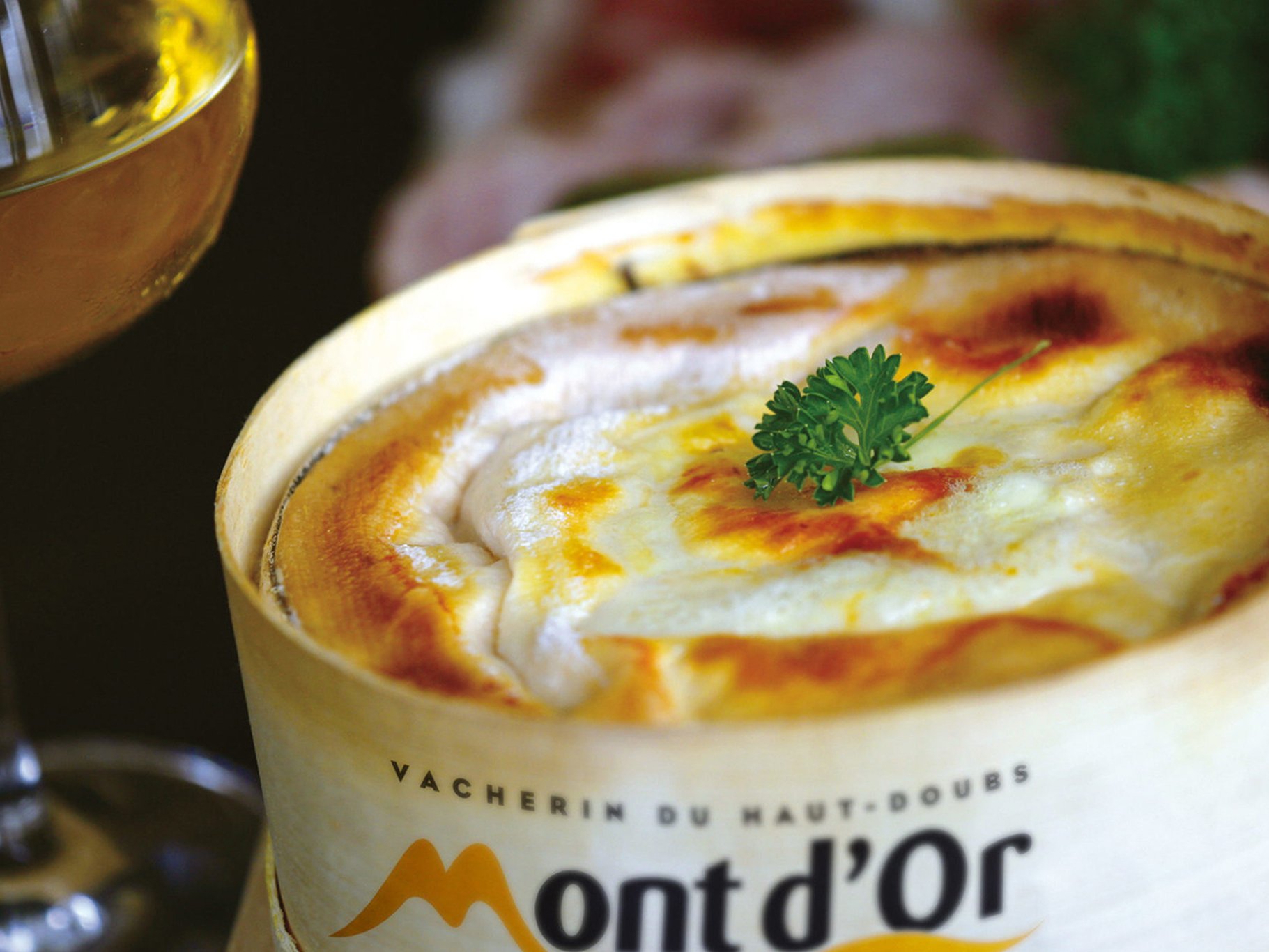England: The unknown land of cheese
Cheese? The French and Italians are particularly good at it! But the British? The United Kingdom? Is there any good cheese there? But hello! You bet! And there are historical reasons for this.
Waterloo, which does not mean water closet; this is a historical but actually bland place in Belgium (Napoleon came, saw and lost). Waterloo: this is a pop song by the Swedish band Abba, which reinterprets the historical Waterloo as a term for a personal concept of a private defeat - and thus became a million-seller. Waterloo: But this is also a soft British cheese with a firm centre, which comes from Riseley (in the local language: "Rischley") in Berkshire.
Quote from the online encyclopaedia "Taste Atlas": "It is made from unpasteurised cow's milk from Guernsey cows. Under the rind, the cheese body has a golden yellow colour, which is due to the natural carotene in the milk. Its texture is creamy and rich, while remaining fluffy and slightly firm in the centre. The taste is buttery, sweet and salty, with a hint of earth, herbs and grass ." Waterloo, a cheese from England, tastes delicious - like a classic, excellent French soft cheese. And there are reasons for this.
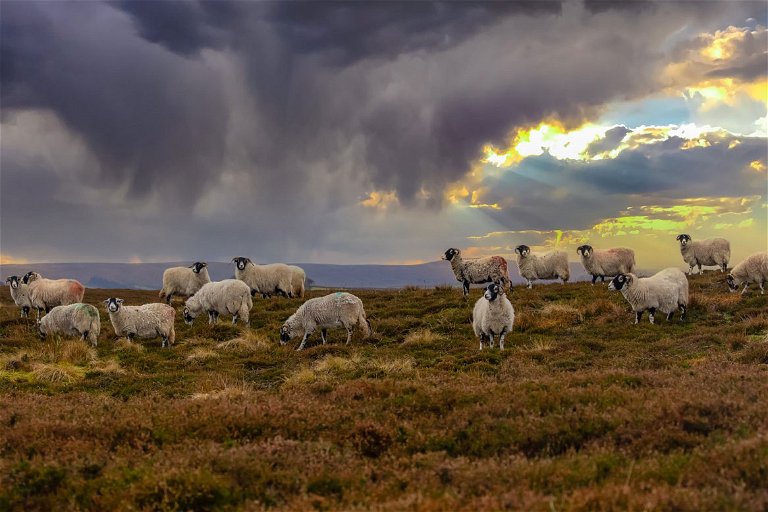
Land of rare cheeses
Or Sage Derby? A cheese that looks as if its cheesemakers have been taking LSD. We quote one of these cheesemakers: "Sage Derby is one of the oldest cheeses in England and is produced in the Derbyshire region. The cheese is made from cow's milk and is characterised by its unusual marbled appearance, which is due to the infusion of sage, which also gives the cheese a subtle herbal flavour. However, spinach, marigold or parsley can also be used instead of sage. The sage derby is matured for one to three months and goes well with vegetables, fresh fruit, rye bread and poultry thanks to its good melting properties."
We could continue with the Stinking Bishop, the Yorkshire Wensleydale or the Double Gloucester. And there wouldn't be a single Stilton or Cheddar, both British national cheeses and world-famous. Or we could simply take a look at the cheese counter at "Harrods" in London, which, nationally, has a similar historical significance to the cheese counter at "Meinl am Graben". And we would recognise what we are stating here: England, Wales, also Ireland (the island as a whole, not just the British-administered part) and Scotland have a long historical cheese tradition - contrary to popular belief. And this history has a teacher that the English are reluctant to acknowledge: France.
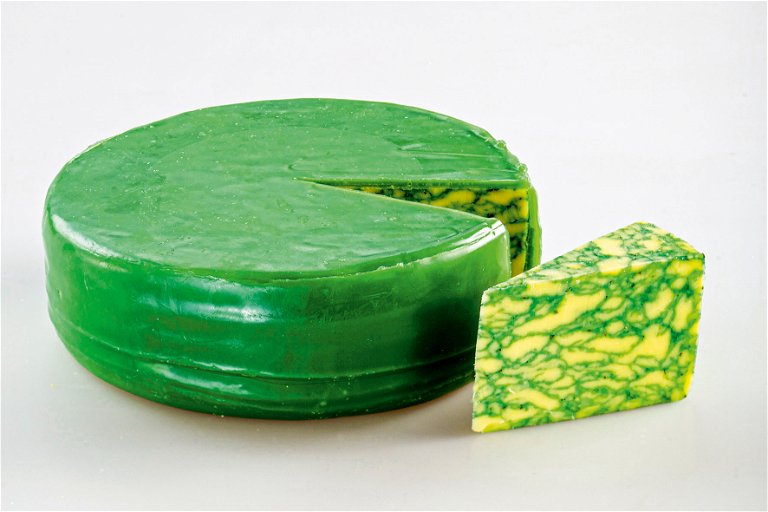
Cultural appropriation
England was once at the head of a colonial empire that absorbed everything cultural, beginning its colonial history with the occupation and takeover of the duchies of Normandy (the Normans) and Aquitaine in the Middle Ages. Wine from Bordeaux arrived in London from Aquitaine. And also the cheese culture of the monasteries, which were all still Catholic monasteries at the time. This cultural transmission that today would be dressed up as "cultural appropriation"; it was this cultural transmission that made England a leading cheese nation. A status the world knows little about, because the British mostly eat their cheese themselves; because they are proud of their cheese and their cheese culture, and rightly so.
Even more so today, in these post-heroic times, when the nation, which has long been weakening as a nation, prefers to look at culinary achievements rather than colonies and soldiers at war.
We can be grateful to England for the fact that the country's culinary economy of scarcity once allowed it to take what was of culinary value from the world: Bordeaux claret, port, sherry or curry - which often went hand in hand with brutal colonial rule. What we cannot forgive the English, however, is that they try to hide their great and magnificent cheese history in all its crazy variety from us. But we have now become aware of it. The cheese counter at "Meinl am Graben" helps us to explore this hidden world.
Oh yes, one more thing: do you know Truffled Cheddar? The one from the Ford farm (which has absolutely nothing to do with the car manufacturer of the same name)? It is only allowed to reach its optimum maturity in the cheese cellar, recognisable by the calcium lactate crystals that support its incomparable, sweet taste. Only then is it mixed with the finest black truffle, giving it its unmistakable appearance and a flavour that is rustic, earthy and noble at the same time. Don't you know it? Then it's time to conquer the still relatively unknown English cheese sector, like the British once did the culinary world. Now it's our turn to explore, enjoy and pay homage.
Don't miss out!
Sign up now for our newsletter.

